Aruba's SD-Branch hooks SD-WAN, wired and wireless networks together
Cloud-managed policy controls simplify network management for small IT teams


Aruba has designed a new software-defined networking (SDN) tool to allow multi-site customers to manage their networking in a simpler and more streamlined way.
The HPE-owned company's new SD-Branch links SD-WAN, wired and wireless networking infrastructure together, routing them all through Aruba's new Branch Gateways so they can be managed and controlled through the cloud-based Aruba Central management platform.
In addition, the inclusion of Aruba's ClearPass policy manager means network policy can be created and enforced remotely and automatically, without administrators having to manually provision equipment or conduct on-site maintenance. For Aruba, the aim is to help businesses cut out inefficiency, speed up deployment and reduce networking complexity.
"First and foremost, this software-defined branch solution and architecture significantly increases IT's ability to respond in real time to the business's need to be agile," Aruba's Lissa Hollinger said at HPE Discover 2018 yesterday, citing the fact that many customers have 10 to 12 IT staff managing up to 3,000 branches.
"You can imagine how complex that is if you don't have a centralised way to automate deployment and provisioning and monitoring, so this significantly increases IT's ability to be agile and to focus on more strategic initiatives as opposed to just keeping the lights on," she added.
Simple, zero-touch provisioning is another key benefit of the service, and vice-president and general manager of Aruba's cloud and SD-Branch division, Kishore Seshadri, noted that this is a critical feature for many customers.
"If you own a thousand cafes or a thousand restaurants, and you want to deploy these solutions," he explained, "previously you could do this across two or three years - now we're asked to be able to do this in two or three months. You have to assume that there is no technical resource on the ground, there is no IT team on the ground, so it's just expected that you will ship a device to the location, somebody unpacks it, plugs it in; it just has to work."
Get the ITPro daily newsletter
Sign up today and you will receive a free copy of our Future Focus 2025 report - the leading guidance on AI, cybersecurity and other IT challenges as per 700+ senior executives
As with any networking technology, security is a critical feature of SD-Branch. Aruba has partnered with network security vendors including Zscaler, Palo Alto Networks and Check Point to offer cloud-based firewall protections, in addition to the Branch Gateway's built-in firewall and deep packet inspection tools.
The new branch gateway units also offer context awareness, allowing for dynamic traffic optimisation to ensure maximum quality of service for bandwidth-hungry business-critical devices and applications. This also feeds into policy-based routing tools that ensure organisations can specify exactly which services they want to prioritise.
SD-Branch is hardware-agnostic, in that customers do not necessarily need to deploy Aruba's switches or access points in order to make use of it - although the company claimed that customers may be limited by the features offered by third-party vendors.
In order to deploy the new package, customers will need to be subscribed to Aruba Central, with a headend gateway in their datacentre to manage traffic and a branch gateway unit in each physical location. Prices start at $1,495 each for the physical gateway hardware, as well as $450 in subscription fees per gateway per year.
Adam Shepherd has been a technology journalist since 2015, covering everything from cloud storage and security, to smartphones and servers. Over the course of his career, he’s seen the spread of 5G, the growing ubiquity of wireless devices, and the start of the connected revolution. He’s also been to more trade shows and technology conferences than he cares to count.
Adam is an avid follower of the latest hardware innovations, and he is never happier than when tinkering with complex network configurations, or exploring a new Linux distro. He was also previously a co-host on the ITPro Podcast, where he was often found ranting about his love of strange gadgets, his disdain for Windows Mobile, and everything in between.
You can find Adam tweeting about enterprise technology (or more often bad jokes) @AdamShepherUK.
-
 Bigger salaries, more burnout: Is the CISO role in crisis?
Bigger salaries, more burnout: Is the CISO role in crisis?In-depth CISOs are more stressed than ever before – but why is this and what can be done?
By Kate O'Flaherty Published
-
 Cheap cyber crime kits can be bought on the dark web for less than $25
Cheap cyber crime kits can be bought on the dark web for less than $25News Research from NordVPN shows phishing kits are now widely available on the dark web and via messaging apps like Telegram, and are often selling for less than $25.
By Emma Woollacott Published
-
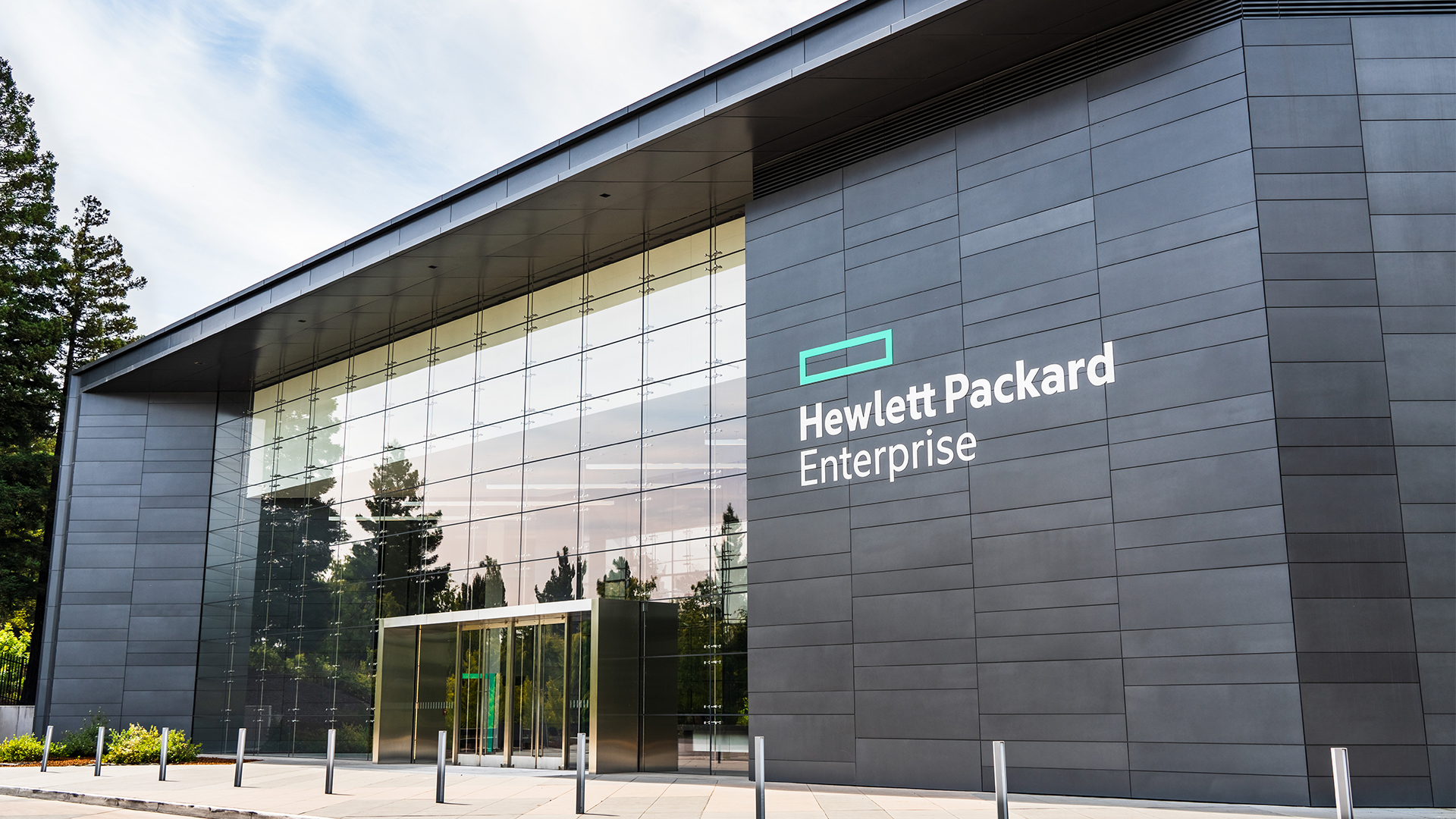 HPE eyes enterprise data sovereignty gains with Aruba Networking Central expansion
HPE eyes enterprise data sovereignty gains with Aruba Networking Central expansionNews HPE has announced a sweeping expansion of its Aruba Networking Central platform, offering users a raft of new features focused on driving security and data sovereignty.
By Ross Kelly Published
-
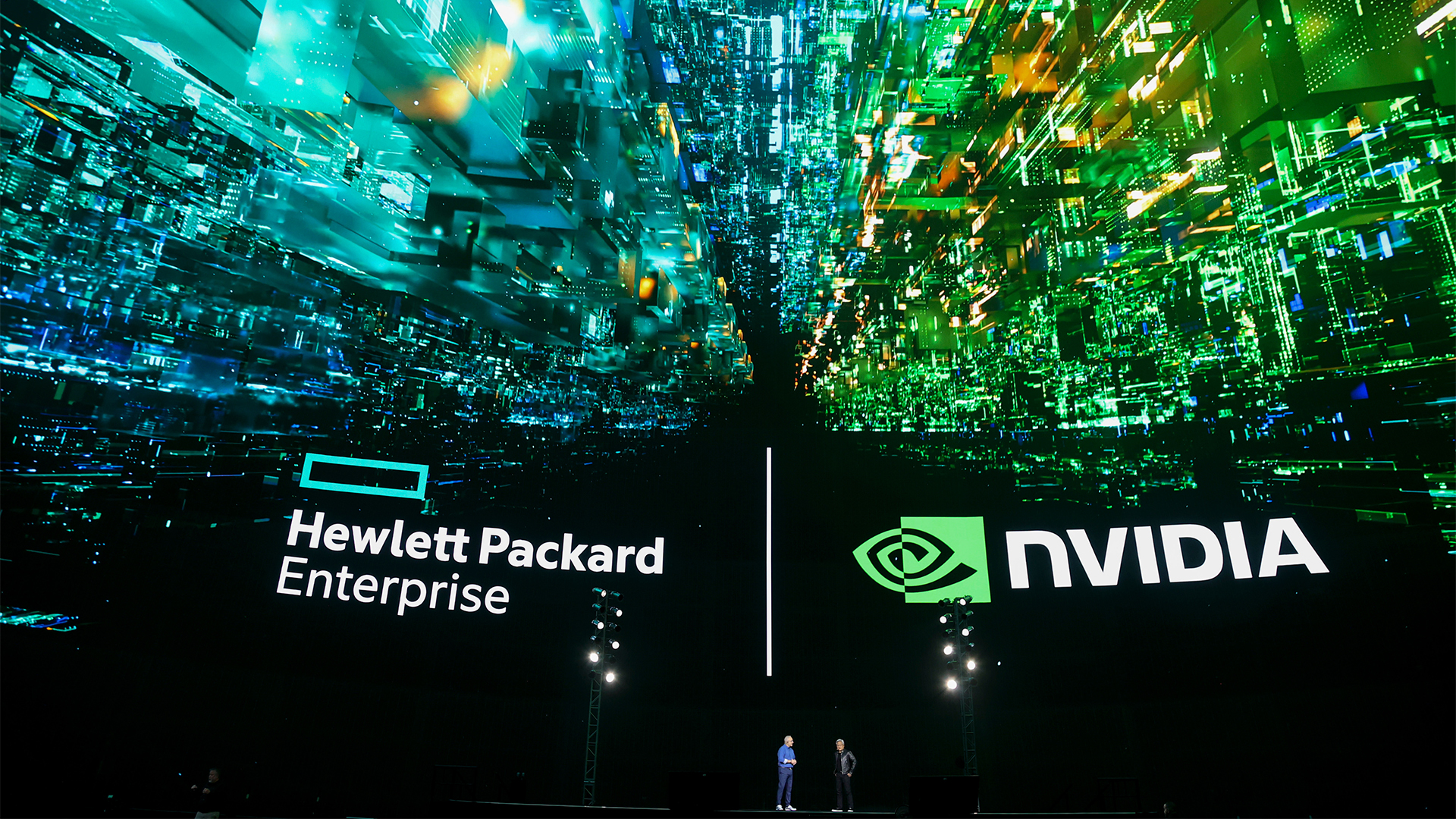 HPE unveils Mod Pod AI ‘data center-in-a-box’ at Nvidia GTC
HPE unveils Mod Pod AI ‘data center-in-a-box’ at Nvidia GTCNews Water-cooled containers will improve access to HPC and AI hardware, the company claimed
By Jane McCallion Published
-
 ‘Divorced from reality’: HPE slams DOJ over bid to block Juniper deal, claims move will benefit Cisco
‘Divorced from reality’: HPE slams DOJ over bid to block Juniper deal, claims move will benefit CiscoNews HPE has criticized the US Department of Justice's attempt to block its acquisition of Juniper Networks, claiming it will benefit competitors such as Cisco.
By Nicole Kobie Published
-
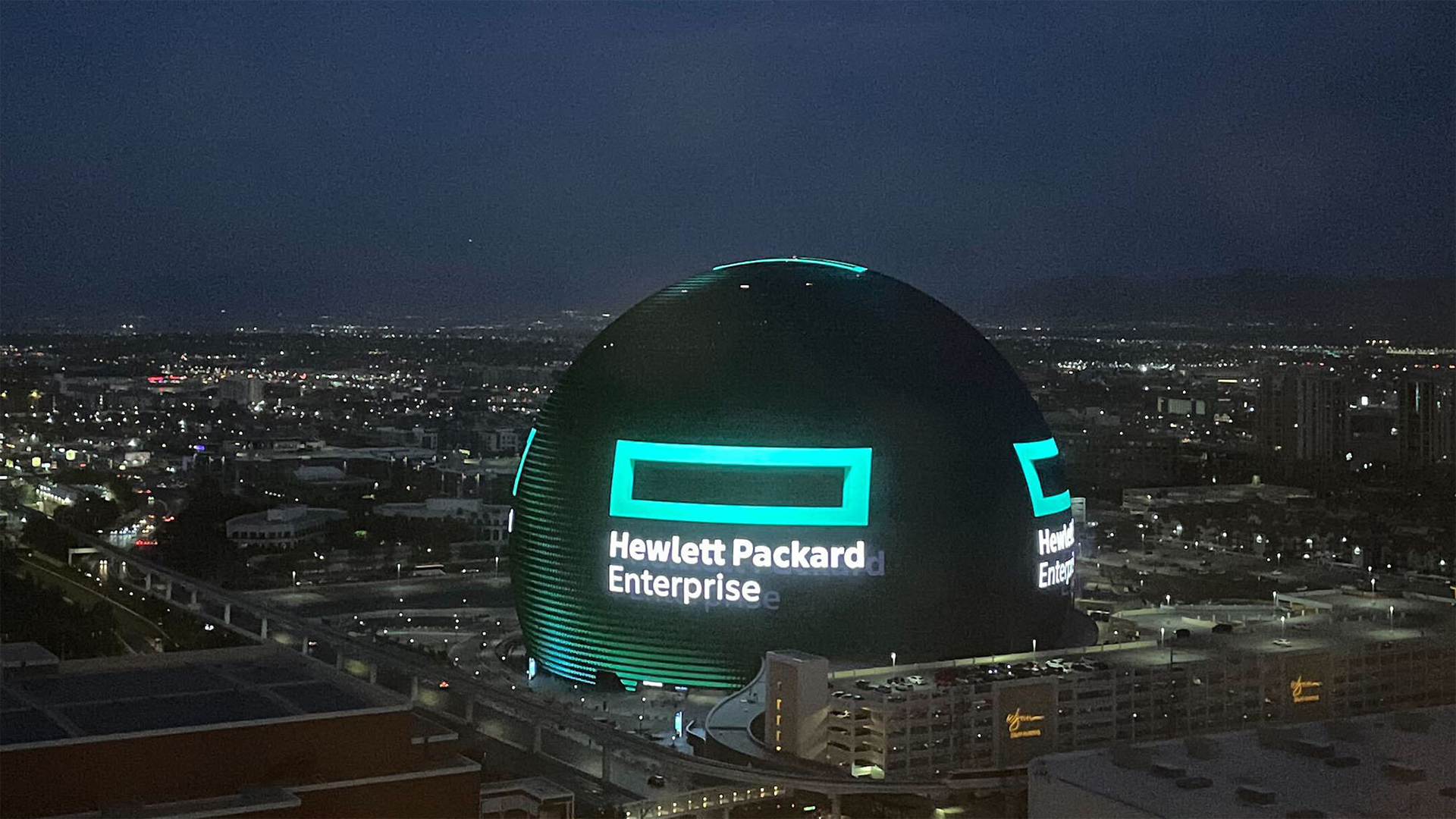 HPE plans to "vigorously defend" Juniper Networks deal as DoJ files suit to block acquisition
HPE plans to "vigorously defend" Juniper Networks deal as DoJ files suit to block acquisitionNews The US Department of Justice (DoJ) has filed a suit against HPE over its proposed acquisition of Juniper Networks, citing competition concerns.
By Nicole Kobie Published
-
 HPE Discover Barcelona: What’s the business benefit of supercomputers?
HPE Discover Barcelona: What’s the business benefit of supercomputers?ITPro Podcast With potential in fields such as AI to scientific modelling, global interest in supercomputers continues to rise
By Jane McCallion Published
-
 El Capitan powers up, becomes fastest supercomputer in the world
El Capitan powers up, becomes fastest supercomputer in the worldNews Earth’s newest supercomputer is fast, efficient, and its use cases are rather different
By Jane McCallion Published
-
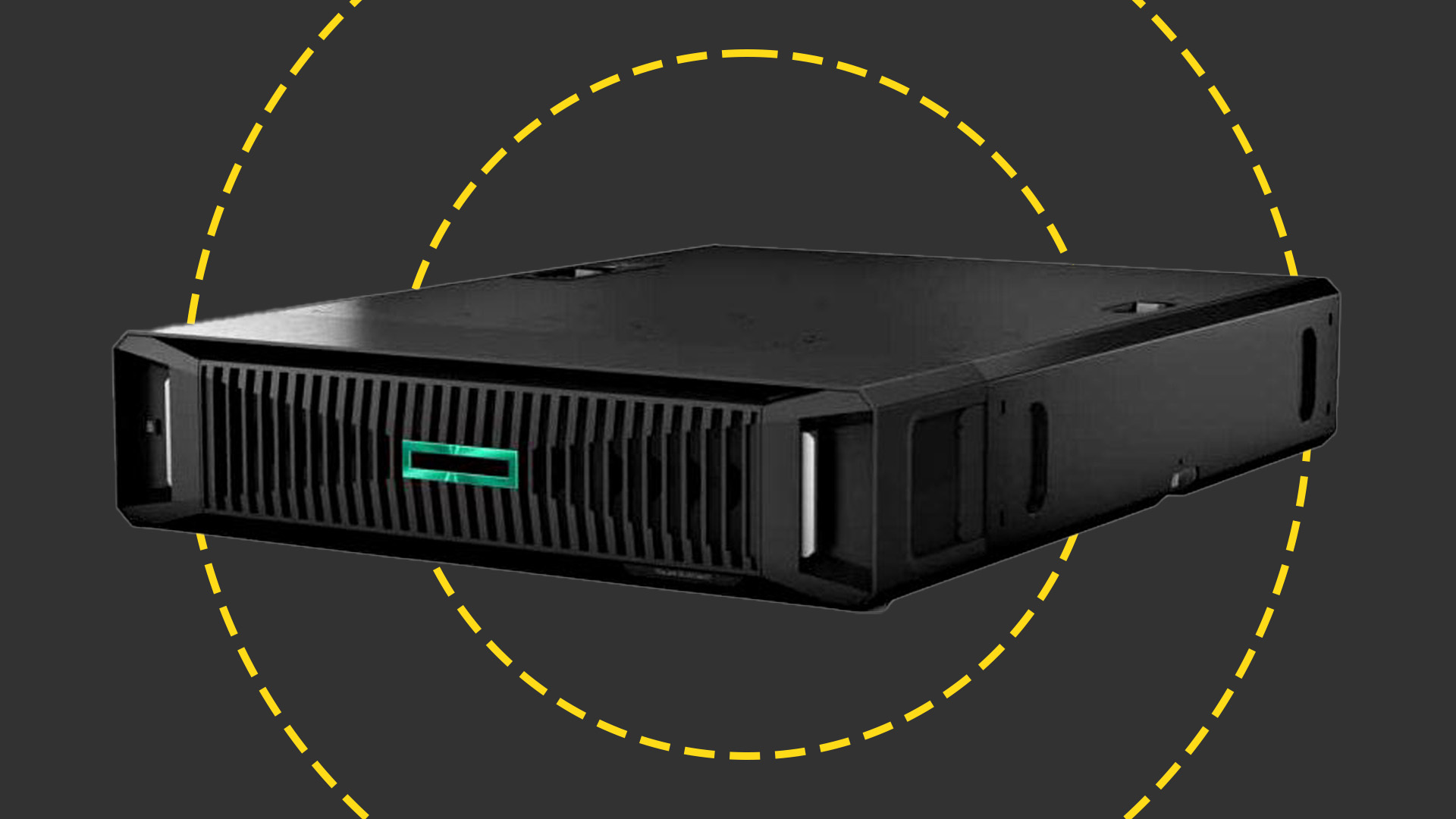 HPE ProLiant DL145 Gen11 review: HPE pushes EPYC power to the network edge
HPE ProLiant DL145 Gen11 review: HPE pushes EPYC power to the network edgeReviews A rugged and very well-designed edge server offering a remarkably high EPYC core count for its size
By Dave Mitchell Published
-
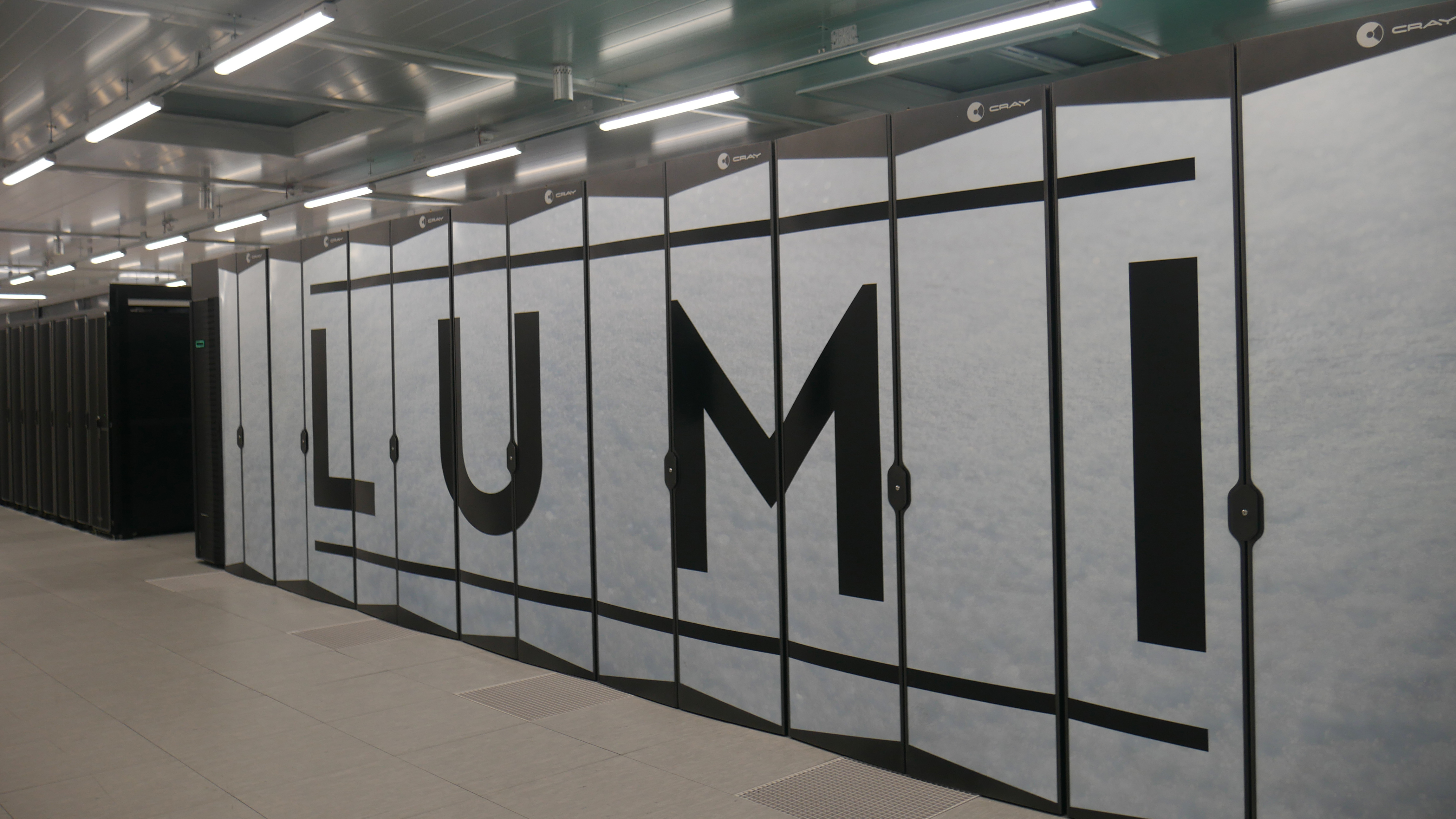 Inside Lumi, one of the world’s greenest supercomputers
Inside Lumi, one of the world’s greenest supercomputersLong read Located less than 200 miles from the Arctic Circle, Europe’s fastest supercomputer gives a glimpse of how we can balance high-intensity workloads and AI with sustainability
By Jane McCallion Published